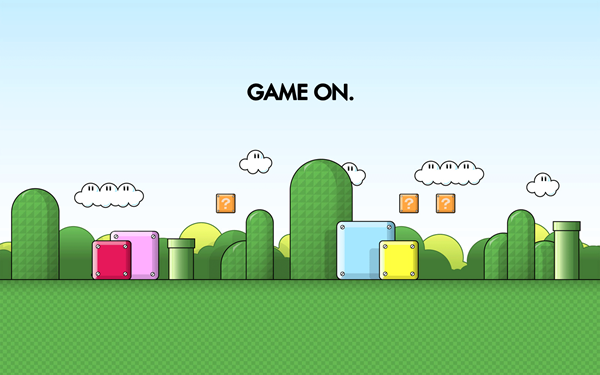Gamification’s Secret Sauce.

We know gamification as the use of game mechanisms in non-game contexts, and is distinguished from gaming based on the objectives each tries to achieve. Unlike gaming, gamification’s end goal is never just the enjoyment of the users, but a more purpose driven objective, depending on its applied context. However, there’s a debatable connotation for gamification that it oversimplifies sophisticated gaming mechanisms to suit businesses needs. Our understanding is that gamification is generally opposed because it has been paired so much with failed attempts (read Gartner’s forecast) at involving game mechanics in business context that it has eventually been regarded as a mere facade, a temporary hype that will fall out in years.
Except it won’t.
Nay-sayers are ignoring that our culture has been already gamified. Since young, urbanites have been exposed to subtle forms of gamification. Extrinsic rewards for good behavior and rankings in schools; to the accumulated points for credit cards usage – the culture is embedded within the deep fabrics of modern society. Not forgetting that Millennials, the ones who will soon overtake baby boomers as core contributors to our economy grew up surrounded with consoles, computers, and smartphones – and is therefore accustomed to the language and metaphors of games. Their early exposure to technology has made them expectant of instant feedback, and immediate gratification for their effort. If anything, gamification will be a stronghold when it comes to advertising or marketing efforts in the future, a possible common standard.
The core argument against gamification is user withdrawal after the novelty of such experiences die away, and there’s no sustainability behind the “simple, repeatable approaches” that disregards the complexity of human behavior. Perhaps the very basis of this concern stands true, that repetitive mechanisms are not feasible as a long-term approach when it comes to creating user motivation. That said, as simple as XPs, level-ups, badges, and leaderboards are deemed, it has, indirectly created a feedback loop that satisfies millennials need for immediate feedback for their actions. Rooted in human motivation theories, the approval that comes after (usually in the forms of XPs & level-ups) having made progression is a form of conditioning that reinforces similar behavior in the future.
However, as with games – conditioning functions well only when reinforcement is optimal, therefore it is crucial for the marketer to consider what behaviors, when, how often, and how much “motivation” takes place. McDonald’s (recently turned digital) Monopoly campaign balances things out nicely – their 1 in 4 probability to getting a prize makes it an easy win (how often motivation occurs), and prizes are usually redeemable on-the-spot (when motivation takes place); but in order to win big (how much motivation), one would have to accumulate more of the right tokens (motivated behavior).
Perhaps in order to make gamification perform the way it’s expected it to, we have, like Oedipus, been led to fulfilling Gartner’s prophecy by our attempts to counter it – through the means of duplicating the more successful attempts (just count the times Nike has appeared in gamification case studies). In essence, there are many ways to incorporate gamification to suit marketing goals. Employed well with some understanding of human motivation, the addition of gamification is capable of turning customers into loyalists, and advocates even. A brand’s greatest treasure are the users who believe in it, and marketing with gamification entices users to participate in a brand’s journey. But taking the one size fits all approach means that we’ve inordinately replicated a set of mechanisms that was designed to serve one objective and hoping that it would fit another. Each campaign is different, and the modern marketer plays a crucial role in aligning the user’s motivation with their brand’s objectives.
Gabe Zicermann aptly puts it, “Good gamification seeks to understand and align an organization’s objectives with a player’s intrinsic motivation. Then, through the use of extrinsic rewards and intrinsically satisfying design, move the player through their journey of mastery. This journey requires elements such as desire, incentive, challenge, reward and feedback to create engagement.”
With technology and big data in our hands, marketers are more than well-equipped to do so. Marketing has always been a competition for attention, more even so in our 24/7 and crowded marketplace. As more competition ensues, users loyalty are the engines that will keep businesses going, and gamification is the fuel.
p.s. In case you’re wondering why an online technology platform is posting about gamification, we have partnered with Gigya to provide marketers the gamification tools that could be adapted into their campaigns – and it’d be a great delight to see its potential being explored further. Talk to us to learn more :)
